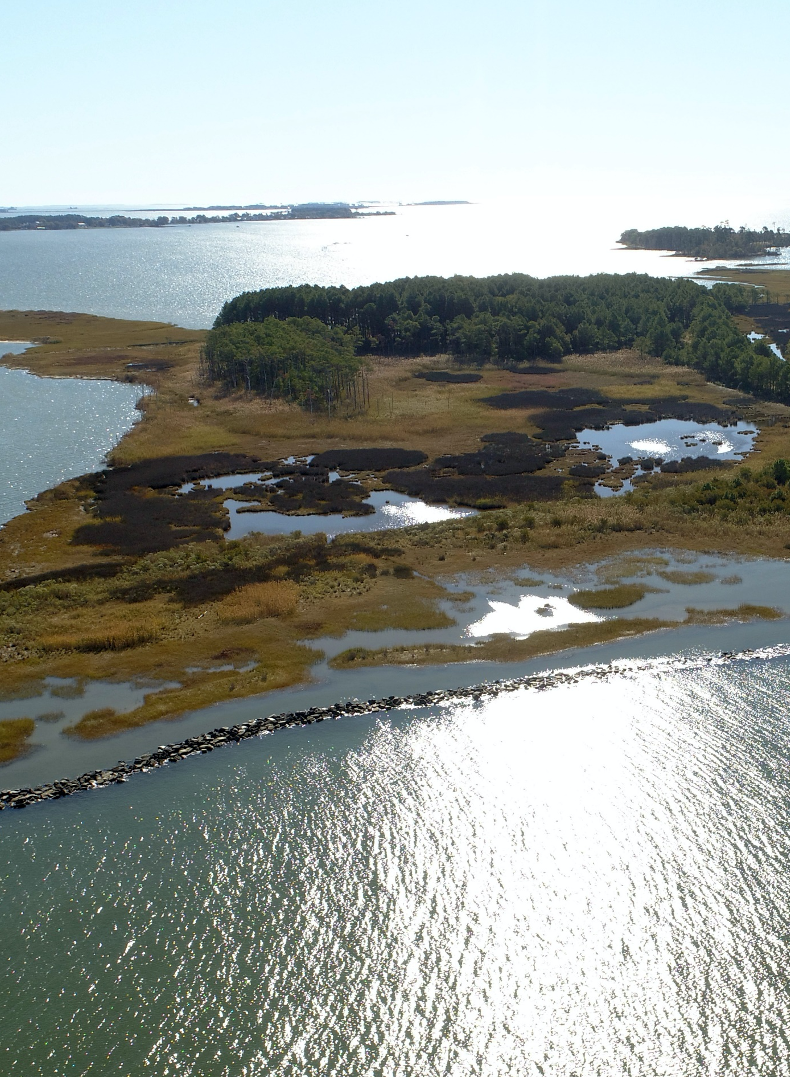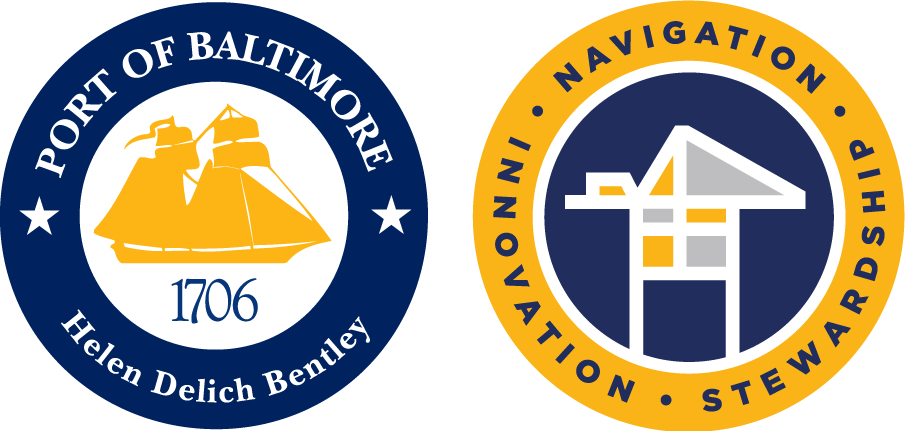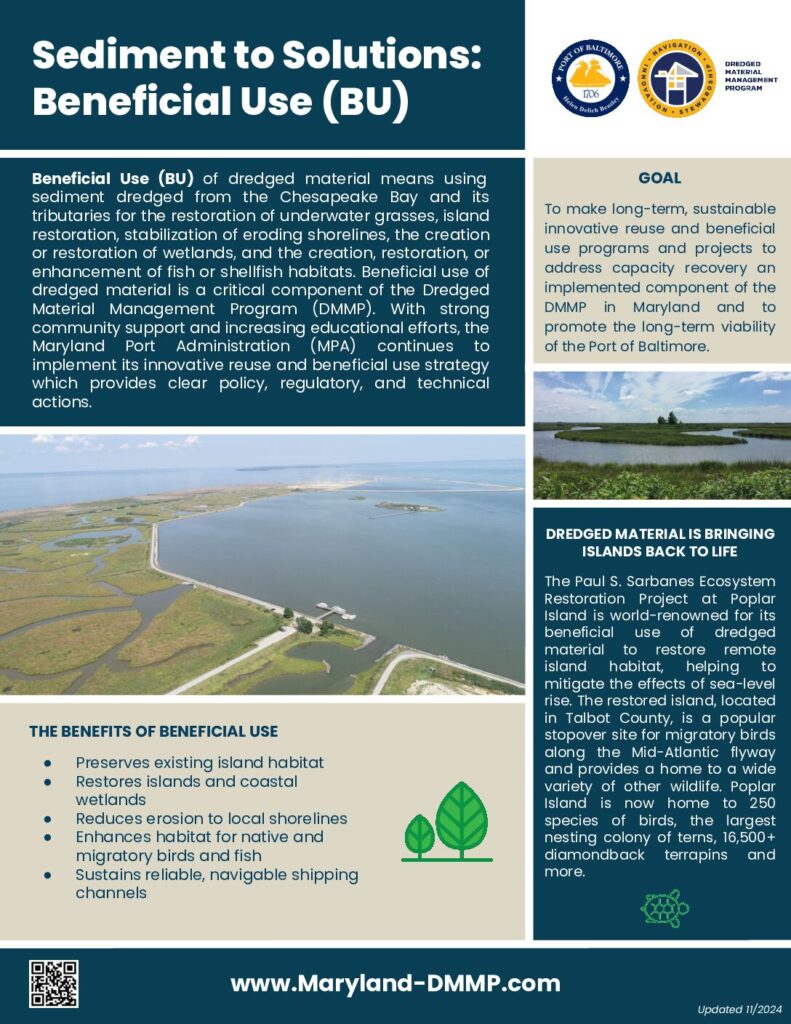Beneficial Use
Defined as the use of dredged material to build or rebuild islands, wetlands, shoreline, or other fish or shellfish habitat, Beneficial Use (BU) is an important tool used by the Dredged Material Management Program (DMMP) to harness the benefit dredged material can bring to the region. Beneficial Use of dredged material has environmental, recreational, commercial, and community benefits. Opportunities associated with BU can help with climate change adaptation and resilience.
Download the Fact Sheet
To learn a bit more about the innovative and beneficial use of dredged material, watch this video
Beneficial Use of Dredged Material in Action


Mid-Chesapeake Bay Island Ecosystem Restoration Project: James and Barren Islands
The Mid-Bay Project is planned to be a dredged material placement site that will provide capacity when Poplar Island can no longer receive dredged material and is an integral part of MPA's 20-year DMMP strategy. Not only will the beneficial use of dredged material at this site support the necessary depth of harbor channels, but it will reverse years of ongoing and accelerating erosion at these two islands.
Explore How Dredged Material Is Bringing Islands Back
Construction at Mid-Bay is now underway.
When complete, the two islands that make up Mid-Bay, James Island, and Barren Island, will accommodate nearly 3 million cubic yards of sediment each year. How much sediment is that? It’s the equivalent of a 16-foot wide road from Baltimore to San Francisco.
All of that sediment will restore 2,144 acres of remote island habitat that will attract native plants, birds, fish, shellfish, and other animals. Currently in the initial stages of construction and projected to begin receiving dredged material in 2030, the Mid-Bay Project will be the primary placement site for material dredged from Maryland Chesapeake Bay approach channels until at least 2060.
Mid-Bay Benefits
Preserves
Existing island remnants and habitats
Restores
2,144 acres of remote island habitat, including 1,212 acres of tidal wetlands
Protects
Existing seagrass beds at Barren Island and promotes conditions to establish additional seagrass beds
Enhances
Diverse wildlife habitat for avian and recreationally/commercially important fish species
Reduces
Erosion to local shorelines by decreasing wave heights
Sustains
Reliable navigation by providing 30+ years of dredged material placement capacity
Paul S. Sarbanes Ecosystem Restoration Project at Poplar Island
Using dredged material to keep Chesapeake Bay channels navigable for the cargo ships, MPA and the US. Army Corps of Engineers are restoring land to Poplar Island from an eroded four acres 20 years ago to over 1,100 acres today. An environmental success story as well as one of land reclamation, scientists have logged over 250 species of birds, including endangered, threatened, and rare breeding species at Poplar Island. And last year, the now thriving Diamondback Terrapin population boasted over 1,400 hatchlings.



